Last month the Iowa DNR released its annual pheasant reproduction outlook. They are expecting Iowa’s pheasant population to increase by 40% this summer. In the press release Todd Bogenschutz, upland wildlife biologist for the Iowa DNR, said “We should see our first statewide pheasant increase in more than six years.”
Bogenschutz goes on, “This is the best combination of winter and spring weather we’ve seen for ground nesting birds since 2003. Over the last 50 years we’ve seen similar weather conditions to this past winter and spring about six times and the average increase in pheasant populations those years was 42 percent.”
It seems every time someone tries to “evaluate” the pheasant population for the coming season they always concentrate on the main “key ingredients” to pheasant reproduction, winter weather and spring weather. It seems the other key ingredient is not very much taken into consideration, which is habitat.
The DNR does mention that there is drop in CRP land; falling from 1.97 million acres in 2007 to 1.66 million acres last fall. But they seem to brush this of as not a major factor because “other states like Minnesota and the Dakotas” have lost more CRP ground. But what they don’t mention is the amount of marginal crop ground that is being tilled. In my immediate area of Plymouth Co. it seems to be about all of it!
Generally speaking hunters seem to ignore the habitat factor as well. I hear it all the time, things like “Last year’s winter was pretty mild, should be lots of birds this fall.”, or “This dry spring should help nesting.” My response is, “Really, and where are all these pheasants going to live?” “Have you noticed that there is no place for the pheasants to nest, or that there is no place for them to hole up even during the mildest of winters?”
One key ingredient always seems to be left out of the equation, that’s the price of corn. That’s right, corn, the “golden idol” of Iowa. In my 30 some years of hunting pheasants I have noticed that the population of birds is directly proportional to the price of corn. Corn goes up, pheasants go down. It’s that simple. I’ve seen it a bunch of times over the years.
And really it’s no surprise; after all it’s a simple matter of economics. With high corn prices it’s economically viable for a farmer to till marginally producing ground. With low prices it’s a waste of their time and money. Putting ground into CRP is only economically viable for farmers when corn prices are low also.
It may seem like I’m blaming the farmers for our dwindling pheasant populations. I’m not really. After all I do understand that most farmers buy crop ground for one reason, and that is to make a living. Fairly hard to make a living off of crop ground if you don’t plant a crop.
Changing farming practices over the years have also taken away valuable pheasant habitat. Fence rows have disappeared from the landscape. These did provide some winter cover. What once were waterways have been replaced with drain tiles, taking away nesting areas. These two valuable habitats I suppose will never come back to the Iowa landscape. Can’t imagine a farmer wanting to go back to 20 acre fields again, He’d spend more time just turning around his 20 row equipment than he would actually planting.
There are more terraces now than there ever has been, at least for now. A lot of terraces are now being taken out to accommodate the wider equipment. Terraces are no more than “death traps” for pheasants anyway. It is extremely easy for a coyote to hone in on where a pheasant might be nesting on one. Most of the time the terraces fill up with drifting snow rendering them useless for winter cover also.
Even with the good weather, I’m not expecting much of a difference in pheasant populations in my area. At least not until the corn prices drop again!
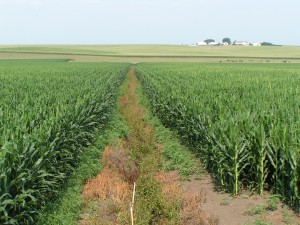
Creek beds used to provide nesting and winter habitat. Even these are becoming non-viable pheasant cover. This picture shows what is left of a creek that used to have a few bends and a little brush around it.
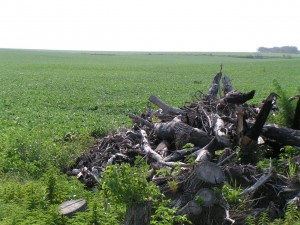
This picture shows what is left of one of my favorite waterways I used to hunt. The grassy areas have made way to the soy beans, and the “tall weeds” (a.k.a. trees) are now neatly piled up in the road ditch. The good news is that I still have permission to hunt there!The DNR also released a press release awhile back about maintaining the road ditches for nesting habitat. But in many areas even the ditches are getting farmed. This picture was taken from one power pole directly towards the other. There seems to be a good portion of this guy’s corn in the ditch.

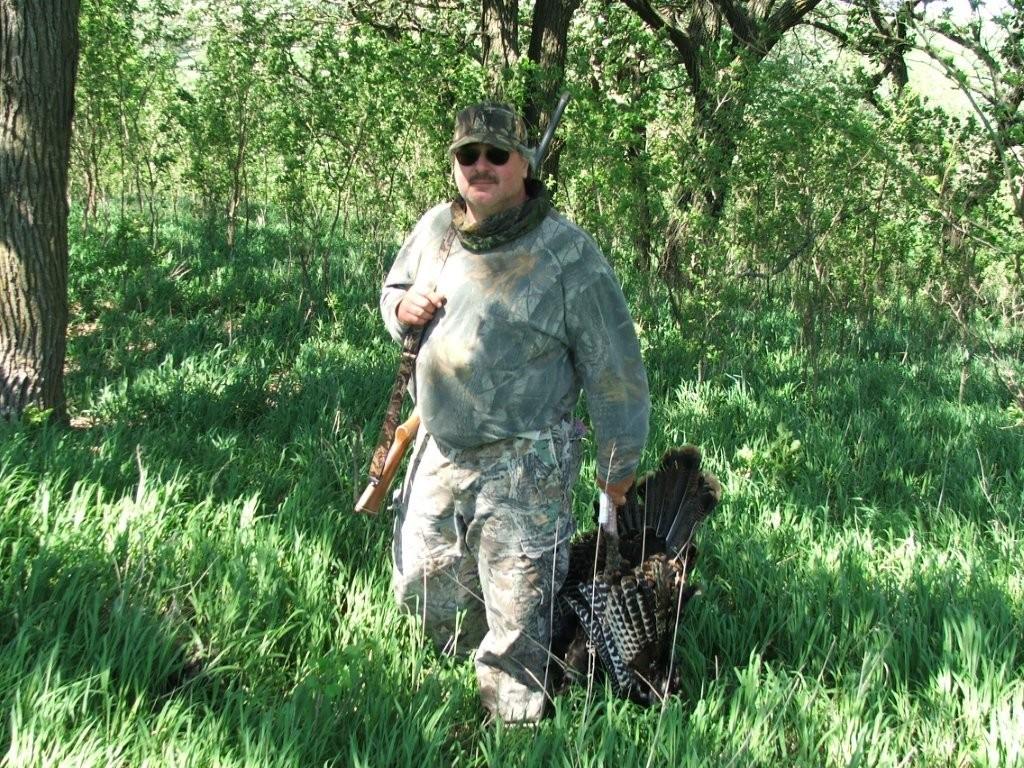
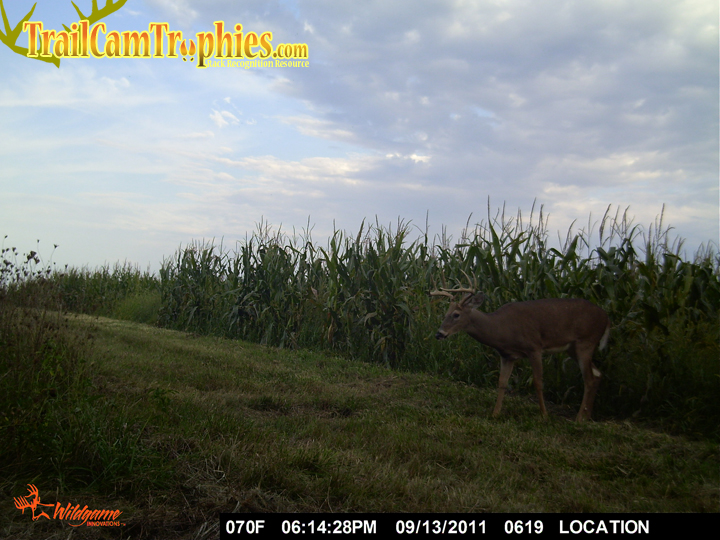
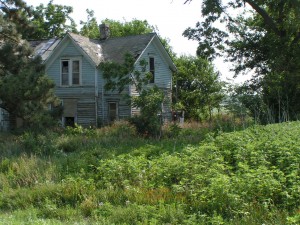
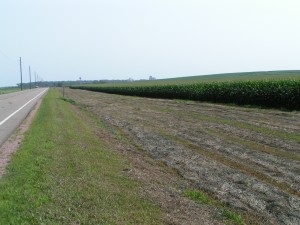













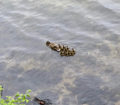
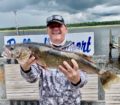
i have been seeing tons of baby pheasants lately since i have to take a detour on d38. been seeing them about a mile off the moville blacktop, on 230th street. about 8 young, and a male, seen a couple females with about 5 young each, etc. every morning been seeing them on the road crossing. if not one group, its another. good outlook in our area, guess we will see…….